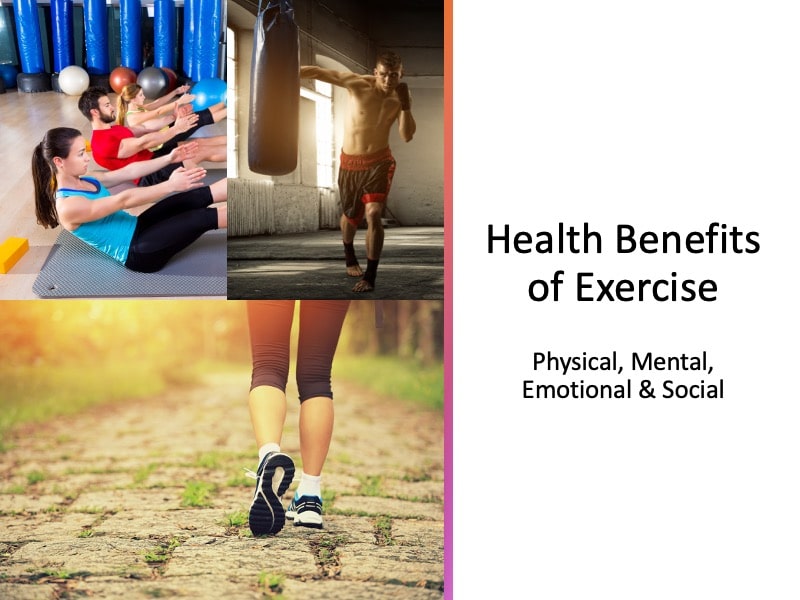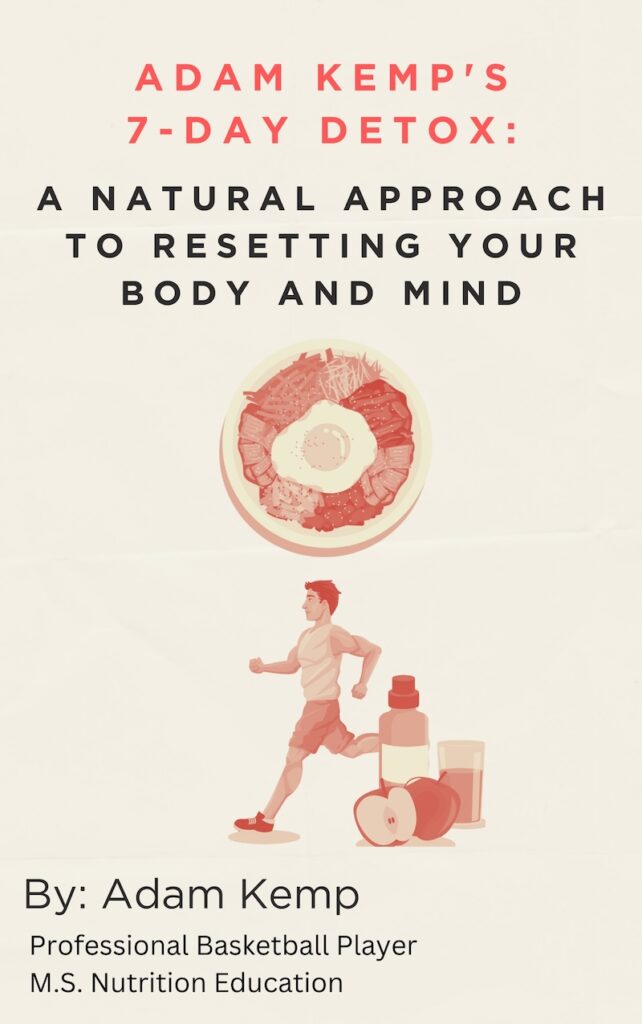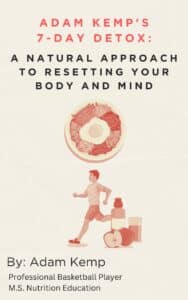Benefits of Exercise: Physical, Mental, Emotional & Social
Exercise is far more than a tool for weight management, and the benefits of exercise extend across every system of the body and every dimension of your life.
As a professional athlete, I’ve witnessed firsthand how regular exercise can transform not just physical performance but also mood, mindset, and overall well-being.
It’s not only about building muscle or burning calories, it’s about improving brain function, regulating emotions, strengthening relationships, and promoting resilience in daily life.
From walking and weightlifting to stretching and recreational sports, consistent physical activity is one of the most accessible and effective tools for improving quality of life at any age.
As you’ll learn in this article, the benefits of exercise are holistic, powerful, and backed by decades of scientific research and personal experience.
What Is Exercise?
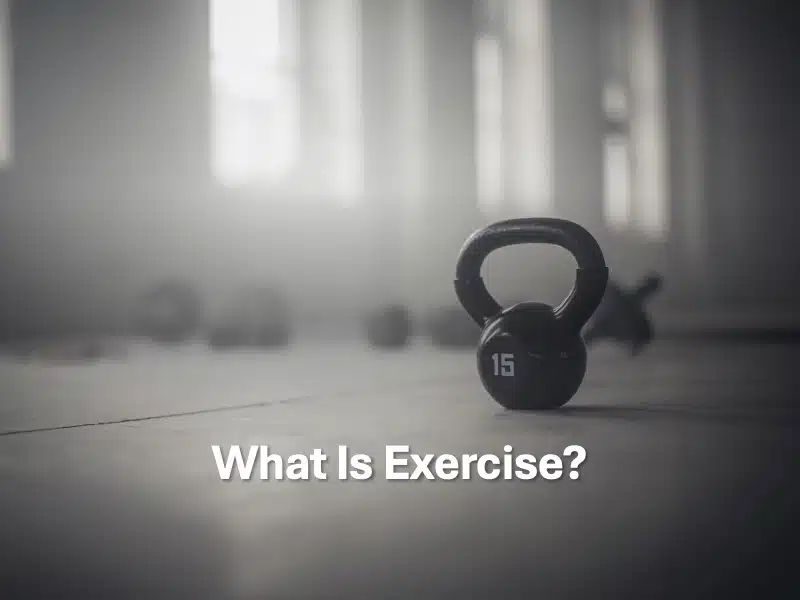
Exercise is any structured, intentional physical activity that challenges the body to improve strength, endurance, flexibility, or overall function.
Unlike general physical activity, which includes unplanned movements like walking to your car or doing household chores, exercise is deliberate and repetitive, designed to elevate your heart rate, engage muscles, and promote health outcomes.
There are four main categories of exercise:
- Aerobic (Cardio): Activities like running, swimming, cycling, or brisk walking that improve cardiovascular endurance and lung capacity.
- Strength Training: Exercises such as weight training or bodyweight exercises that build muscle mass and increase bone density.
- Flexibility Work: Movements like static or dynamic stretching that improve range of motion and joint health.
- Balance and Coordination: Often found in sports, martial arts, or practices like tai chi, these exercises improve stability and prevent falls, especially with age.
Whether your goal is fat loss, muscle building, improved mental health, or disease prevention, regular exercise plays a foundational role in optimizing your body and brain.
Physical Activity vs. Exercise: What’s the Difference?
Although the terms are often used interchangeably, physical activity and exercise are not the same, and understanding the difference can help you build a more effective approach to improving your health.
- Physical activity refers to any movement that increases energy expenditure. This includes daily tasks like walking the dog, gardening, house cleaning, or taking the stairs. It’s unstructured and can vary greatly in intensity and duration. Physical activity also falls under the category non non-exercise activity thermogenesis (NEAT).
- Exercise, on the other hand, is a planned, structured, and repetitive form of physical activity. It’s specifically designed to improve one or more aspects of physical fitness, such as strength, endurance, flexibility, or balance.
Both physical activity and exercise contribute to better health, but they serve different roles.
- Physical activity helps break up sedentary time and supports baseline movement throughout the day.
- Exercise creates targeted physiological adaptations, like stronger muscles, a more efficient cardiovascular system, or improved mobility.
Pro tip: For optimal results, combine exercise and physical activity. Stay active throughout the day, but also schedule structured workouts several times a week to maximize the full range of health benefits.
Health Benefits of Exercise
The health benefits of exercise are both immediate and long-lasting, influencing everything from immune function to mental clarity.
Regular physical activity improves cardiovascular health, supports metabolic function, strengthens bones and muscles, and helps regulate hormones that impact mood and stress.
Just as importantly, it improves sleep, boosts energy, and lowers the risk of chronic diseases, making it one of the most effective ways to elevate your quality of life at any age.
Physical Benefits of Exercise
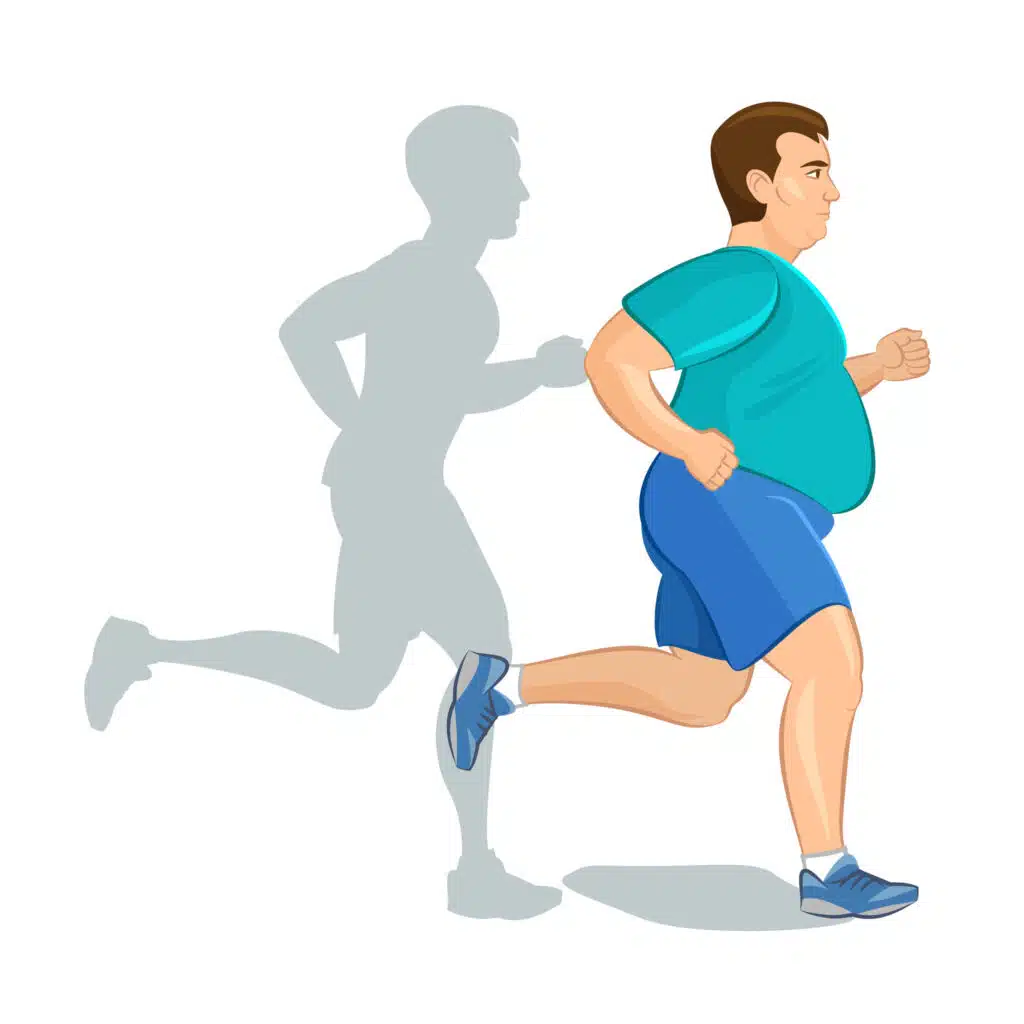
Physical fitness improves the way your body functions at every level—from skeletal strength to cardiovascular efficiency. Consistent exercise helps:
- Build lean muscle mass and preserve it as you age
- Improve bone density and reduce the risk of osteoporosis
- Augment cardiovascular endurance and reduce blood pressure
- Improve metabolic function and support healthy weight loss
- Boost energy levels and reduce fatigue throughout the day
Strength training, cardio workouts, mobility drills, and even low-impact activities like walking have all been shown to reduce risk factors for chronic conditions such as diabetes, heart disease, and stroke (Booth et al., 2012).
Regular exercise also improves sleep quality by helping regulate circadian rhythms, reducing stress hormones like cortisol, and promoting deeper, more restorative sleep cycles.
Better sleep not only improves physical recovery and muscle repair but also supports immune function, cognitive performance, and emotional balance.
Pro tip: To maximize these benefits, aim for at least 150 minutes of moderate-intensity aerobic activity per week and two sessions of strength training. Consider personal training sessions if you are new to exercise and want guidance on how to exercise safely and effectively.
Mental Benefits of Exercise

There is a strong connection between exercise and mental health, as targeted exercise strengthens the brain just as much as the body.
It promotes the release of brain-derived neurotrophic factor (BDNF), a protein that improves learning, memory, and cognitive performance.
Regular physical activity is linked with:
- Sharper memory and quicker learning
- Reduced risk of neurodegenerative diseases like Alzheimer’s
- Improved concentration and executive function
- Better creativity and problem-solving abilities
Even a 20-minute walk can significantly increase blood flow to the brain, improving alertness and cognitive performance (Erickson et al., 2011).
Athlete insight: During my professional basketball seasons, I’ve used walking and light conditioning workouts on off days as a “mental reset.” They help reduce stress, sharpen focus, and improve recovery.
Emotional Benefits of Exercise

Exercise directly influences the brain’s reward system by increasing dopamine, serotonin, and endorphin levels. These “feel-good” chemicals are responsible for improving mood and emotional regulation.
The emotional benefits of regular exercise include:
- Decreased stress and anxiety levels
- Improved mood and overall sense of well-being
- More stable emotional responses to daily challenges
- Increased self-esteem and confidence
This is especially powerful for individuals managing high-stress lifestyles or recovering from emotional trauma.
Movement becomes an emotional outlet and form of self-care.
Emotional reframe: Instead of viewing exercise as a punishment for what you ate, see it as a celebration of what your body can do and how it helps you feel.
Psychological Benefits of Exercise

While emotional benefits relate to moment-to-moment feelings, psychological benefits refer to longer-term traits like resilience, discipline, and mindset development.
Exercise promotes:
- Greater stress resilience and reduced cortisol sensitivity
- Increased self-efficacy and internal motivation
- Improved sleep quality, which reinforces emotional stability
- Development of routines and habits that support mental health
For example, athletes develop psychological toughness not just from competition, but from the consistent discipline of training. You don’t have to be a pro to access these benefits—showing up for yourself through daily movement builds a more resilient mindset over time.
Pro tip: Incorporate workouts that require mental focus, like martial arts, CrossFit, or compound strength movements, to simultaneously build physical and psychological control.
Social Benefits of Exercise
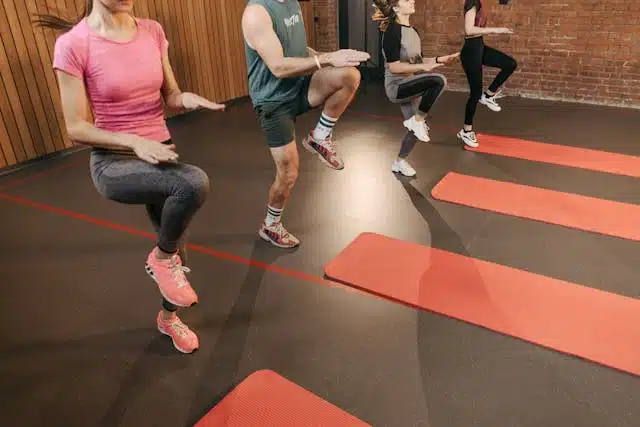
Group fitness and community-based activities can dramatically improve your social life and sense of belonging.
Exercise creates powerful shared experiences that foster connection and support.
Social advantages of exercising include:
- Building friendships through shared interests (e.g., sports, gym, classes)
- Reduced feelings of isolation and loneliness
- Improved communication and teamwork skills
- Accountability and motivation from group dynamics
Whether it’s joining an adult recreational basketball league, hiking club, or a structured fitness class for kids, moving with others deepens human connections, which is one of the most overlooked aspects of long-term health.
Real-life example: Some of my best friendships have been formed on the basketball court or in the weight room. Movement is a universal language that brings people together.
Final Thoughts: Why Exercise Is Medicine for Every Aspect of Health

The true power of exercise lies in its ability to transform every dimension of your health; not just your physical fitness, but your mental clarity, emotional resilience, and social well-being.
Few interventions offer such wide-ranging, scientifically supported advantages, making the health benefits of exercise one of the most powerful and accessible tools for lifelong wellness.
You don’t need to follow an elite training regimen to experience these effects.
What matters most is exercise consistency and choosing a type of movement that feels meaningful to you.
Whether it’s lifting weights, walking outdoors, joining a local class, or simply stretching in the morning, every bit of intentional movement contributes to a stronger, more balanced life.
Start small, build momentum, and watch how the benefits ripple into every aspect of your day.
This website does not provide medical advice. This website site does contain affiliate links, and purchases may earn a commission.
Read my Medical Disclaimer, Review Disclaimer, and Publishing Policies for more details. Use of this site indicates acceptance of these terms.

